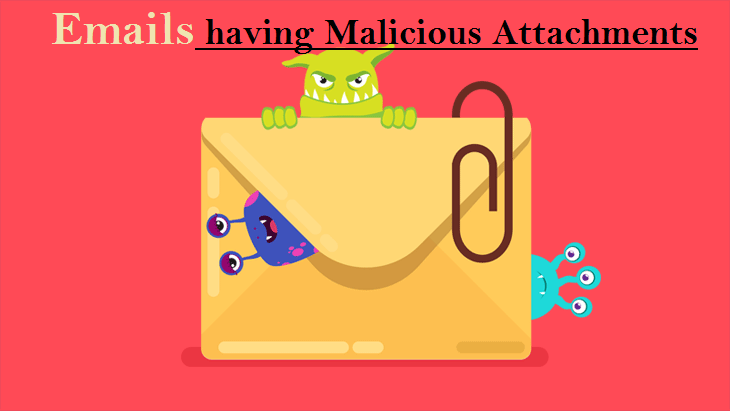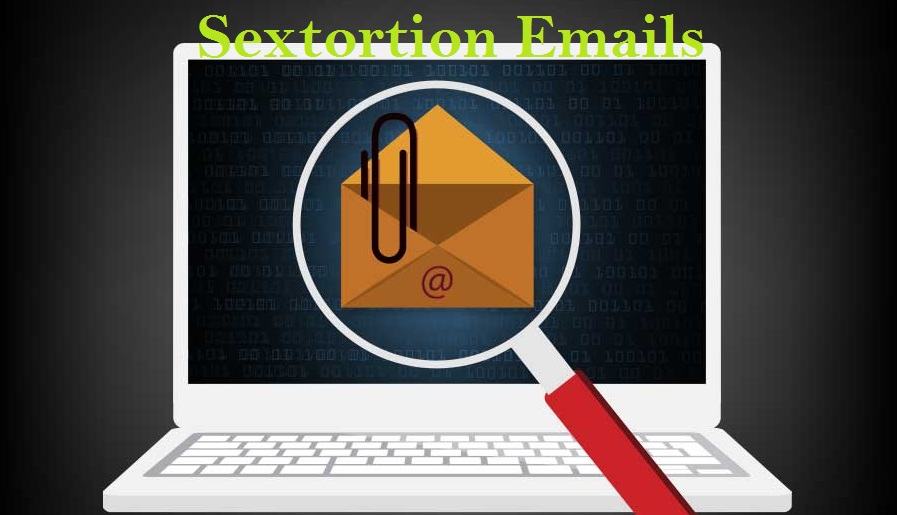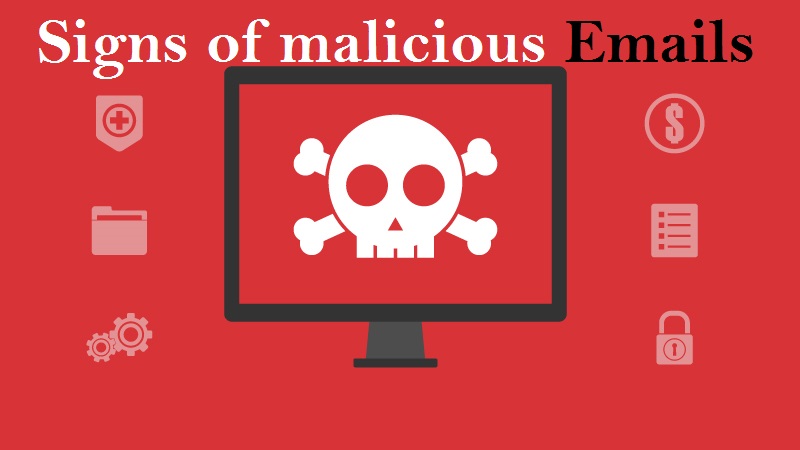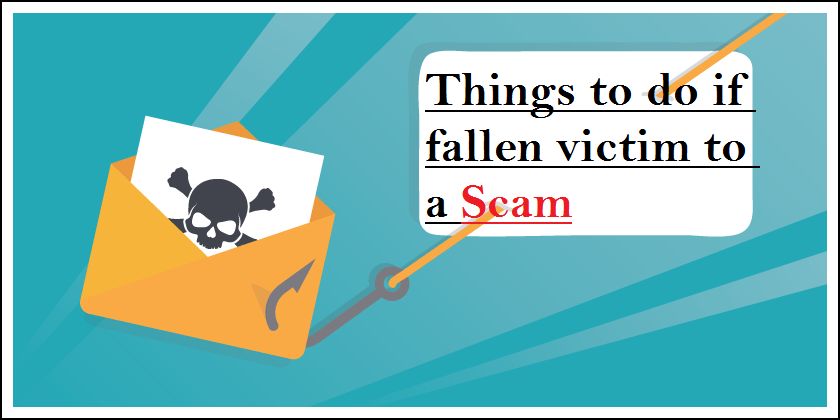Don’t Fall for the “This Email Concerns Your Information Security Scam”
The “This Email Concerns Your Information Security Scam” is a sneaky trick created by dishonest people. They want to make you believe that they’re related to your data security and want to protect your accounts. But in reality, they’re trying to get your money.
This is what we call a sextortion email. In this email, the scammers claim to have embarrassing or explicit videos of you, saying they got them from your accounts. They use fear and manipulation to scare you, saying that if you don’t pay them $1350 in Bitcoin, they’ll share those embarrassing videos with your friends and family or post them online for everyone to see. They want to make you feel really embarrassed and worried about being exposed.
But you should know that these emails are just a con. The scammers often don’t actually have any embarrassing videos of you. They’re just trying to trick you into giving them money. So, it’s essential to be aware of these scams, not reply to the scammers, and definitely not send them any money.
Remember, these scammers are only after your money, and you shouldn’t fall for their threats. Stay cautious and protect your personal information from these deceptive schemes.
Message in the Spam Letter:
Subject: Reminder! Don’t miss your important payment!
Greetings!
This email concerns your information security and account safety (*********)!
At this moment I have full access to (*********), as well as your electronic devices that you use on a regular basis.
Let me explain how it all happened:
I work as a data analyst of databases in systems servicing (domain.com).
Half a year ago we integrated Artificial Intelligence (neural network) to ensure a more comfortable segregation of clients into specific groups
(based on preferences, website traffic statistics, password statistics, etc.).
As a result, the segregation of clients into clusters was done easily. You fell under the category of clients who enjoy masturbating to hardcore porn.
(to be honest, AI pays a lot of attention to this particular group, since it accords with targets of many marketing agencies).
I gave it a thought and decided to use it for my benefit.
Since I am servicing rcs-software.com, I have full access to your account.
With the help of our cookie files, I managed to install special software to the devices with your authorization.
That software can control the camera and microphone, as well as manage and process any type of data.
This software includes special signatures, which appear as official software whenever detected by antivirus.
I created software with the help of a neural network that can detect every attempt of yours to start masturbating to hardcore porn.
Every time you masturbated, the camera and microphone were activated and were recording masturbation video of you
(besides that, the porn video which you masturbate to, was displayed in the corner.) and sending it to my server.
Basically, modern technologies have progressed to an extent whereby I can use the power of thought and distribute this video to all people who know and love you.
There is nothing to worry about. I faced a similar issue before too.
Previously, my handphone got a virus, which allowed to record me masturbating to a porn video with shemales. =)))
I had to pay a big amount to those hackers to avoid that video going public.
Otherwise, I would have to find a valid explanation for my friends. They would not support that hobby of mine for sure…
Well, now I am the one doing similar hacking.
That’s why I would like to make a business proposal to you:
You shall pay me $1350 USD. Afterward, I will delete from all my servers the videos with you masturbating, and we pretend like it never happened before.
Otherwise, I will share this video with your entire contact list, which I saved previously.
Beware, I can share this file via email as a hyperlink, attach it as a video file, upload it to social media,
or even distribute it to mass media (I have access to a few hacked Utube accounts).
To avoid that, you need to send $1350 USD in Bitcoin equivalent to my BTC wallet: 1GmtfRMFdctbJmhNZMgNNEeB7x1L8oKido
It is a very simple task to do, and you can easily find any online cryptocurrency exchange to perform the transaction.
I will delete your video right after I receive the money. Furthermore, I will delete the spyware from your device, and you will never hear about me in the future.
Let’s agree on the deadlines: 2 days (precisely 48 hours) is more than enough.
Right after you open this email, I will receive the notification and the countdown will start.
Last, but not least:
Don’t even try to report me to the police. They won’t be able to find me because I use TOR, and Bitcoin transactions cannot be traced.
There is no point in addressing domain.com either because I deleted all the records of database entries and neural network requests
(those requests were made from the accounts of other staff that I managed to get access to).
Don’t worry, I won’t continue blackmailing you. There is no point in that because there are many other unfortunate people like you.
Besides that, if I wanted, I would do that a long time ago without telling you!
If you make any wrong moves, I will share your videos without hesitation.
Remember, you are not the only one who’s unfortunate. Others will learn from your mistakes!
Best of luck!
In terms of email-based cyber threats, what are the different types of malicious emails?
Emails having Malicious Attachments

Email spam containing malicious attachments is a commonly employed method by cybercriminals to compromise users’ computers with malware. Malicious attachments often harbor trojans that possess the ability to pilfer sensitive data such as banking details, passwords, and other confidential information.
The primary objective of cybercriminals in these attacks is to deceive their potential victims into accessing a compromised email attachment. They commonly employ email messages that discuss recently obtained invoices, faxes, or voice messages to accomplish this aim.
If an unsuspecting individual succumbs to the trap and opens the attachment, their computer becomes infected, allowing cybercriminals to gather a substantial amount of confidential data.
Although it is a more intricate technique to pilfer personal data (as spam filters and antivirus programs typically identify such endeavors), if cybercriminals achieve success, they can access a broader spectrum of information and continue accumulating data over an extended duration.
Phishing Emails

Typically, cybercriminals employ deceitful emails to deceive individuals on the internet into divulging their confidential personal information, such as login credentials for diverse online platforms, email accounts, or online banking details.
These types of attacks are commonly known as phishing. In a phishing attack, cybercriminals typically send an email that mimics the branding of popular services like Microsoft, Amazon, DHL, or Netflix. They craft messages with a sense of urgency, such as incorrect shipping details or expired passwords, and include a hyperlink, hoping to entice unsuspecting recipients into clicking on it.
Upon clicking the provided link in these email messages, victims are redirected to a counterfeit website that closely resembles the legitimate one. In this deceptive environment, victims are prompted to enter their password, credit card information, or other sensitive data, which is subsequently harvested by cybercriminals for malicious purposes.
Spam Emails

Spam emails are unsolicited, bulk messages sent to a large number of recipients simultaneously. They often contain unwanted advertisements, scams, or fraudulent offers. The primary purpose of spam emails is to promote products, services, or websites, sometimes of dubious nature.
These emails can be sent by individuals or automated bots, and they often target a wide range of recipients without their consent. Spam emails can clog up inboxes, consume storage space, and pose risks such as phishing attempts or malware distribution.
Sextortion Emails

This type of email is a form of phishing known as a “sextortion scam.” It preys on individuals’ fears and attempts to blackmail them into paying a ransom. The scam email falsely claims that a cybercriminal has gained unauthorized access to the victim’s webcam and possesses a compromising video recording of them engaging in explicit activities.
The scammers leverage the potential embarrassment and shame associated with such content to coerce the victim into paying a ransom, often in the form of cryptocurrency, to prevent the release of the alleged video. However, it is crucial to understand that these claims are entirely false and fabricated.
What are some indicators or signs that can help identify a malicious email?

To spot a malicious email you can look for the following indicators:
Suspicious Sender: Check the sender’s email address and verify if it matches the official contact information of the organization or person they claim to represent. Be cautious of email addresses that contain misspellings, random numbers, or unfamiliar domain names.
- Poorly Written Content: Pay attention to grammar and spelling mistakes, unusual language, or poor formatting. Legitimate organizations usually maintain professional communication standards.
- Urgent or Threatening Language: Beware of emails that create a sense of urgency, pressure you to take immediate action, or threaten negative consequences if you don’t comply. Scammers often use fear or time-sensitive situations to manipulate victims.
- Suspicious Attachments or Links: Be careful of email attachments or links, especially from unknown or unexpected sources. Don’t open attachments or click on links unless you are confident about their legitimacy. Hover over links to see the actual URL before clicking.
- Requests for Personal Information: Legitimate organizations typically don’t request sensitive information, such as passwords, Social Security numbers, or credit card details, via email. Avoid providing personal data unless you are certain of the email’s authenticity.
- Unusual Requests or Offers: Be wary of emails offering unexpected rewards, prizes, or financial opportunities. If something seems too good to be true or doesn’t align with your normal interactions, it could be a sign of a scam.
- Suspicious Email Design: Poorly designed or visually inconsistent emails may indicate a scam. Watch for generic greetings, mismatched logos, or distorted images.
If you have doubts about an email’s legitimacy, it’s best to err on the side of caution. Avoid clicking on links or downloading attachments, and consider contacting the sender through a verified channel to verify the email’s authenticity.
What actions can be taken if you have fallen for an email scam?

Below are the steps you should take if you’ve fallen prey to the This Email Concerns Your Information Security Scam.
- If you have mistakenly provided your credit card information after clicking on a link in a phishing email, it is crucial to immediately contact your bank and inform them about the situation. It is highly likely that you will need to take steps to cancel the compromised credit card and request a replacement for enhanced security.
- If you have inadvertently provided your password after falling for an email scam, it is essential to promptly change your password. Typically, cybercriminals gather stolen login details and sell them to other malicious groups for potential exploitation. By changing your password immediately, you reduce the likelihood of criminals having sufficient time to cause harm or unauthorized access to your accounts and information.
- If you notice any indications of identity theft, it is important to promptly reach out to the Federal Trade Commission (FTC). The FTC will gather information about your situation and develop a personalized recovery strategy.
- Assist in safeguarding fellow internet users by reporting phishing emails to organizations such as the National Fraud Information Center, Anti-Phishing Working Group, FBI’s Internet Crime Complaint Center, and the U.S. Department of Justice.
- If you have inadvertently opened a malicious attachment, it is likely that your computer has been compromised. To address this, it is advised to conduct a thorough scan of your system using a reliable antivirus software. We suggest utilizing SpyHunter 5 for Windows to help mitigate any potential threats.
⇓⇓Download Spyhunter 5 Free Scanner⇓⇓
Do make sure to read SpyHunter’s EULA and Privacy Policy. Spyhunter free scanner downloaded just scans and detect present threats from computers and can remove them as well once, however it requires you to wait for next 48 hours. If you intend to remove detected threats instantly, then you will have to buy its licenses version that will activate the software fully.
Frequently Asked Questions
Why was I included in the distribution of this email?
Phishing emails are often disseminated by threat actors through extensive campaigns, leading to thousands of recipients receiving comparable messages.
If I have viewed a spam email but refrained from opening the attachment, is there a possibility that my computer has been infected with malware?
Simply opening or reading an email does not pose a direct risk of malware infection. The actual threat arises when you interact with malicious attachments or links contained within the email, triggering potential malware download or installation processes.
If I downloaded and opened a file from a spam email, does that mean my computer is infected?
If the file you opened from a spam email was an executable file (.exe, .run, etc.), there is a high chance that your computer may be infected. However, if the file was a document format (.doc, .xls, .one, .pdf, etc.), the risk of infection may be lower as these formats usually require additional actions to initiate the download or installation of malware, such as enabling macros or clicking on embedded content.
If I have unknowingly shared my personal information in response to a deceptive spam email, what steps should I take to mitigate the potential risks?
If you have mistakenly shared your login credentials, it is crucial to change the passwords for all affected accounts promptly. Additionally, if sensitive personal information like identification documents or credit card details were disclosed, it is important to promptly notify the relevant authorities or organizations responsible for handling such incidents.
Is SpyHunter 5 capable of detecting and eliminating malware infections that may be present in email attachments?
SpyHunter 5 is powerful security software that is specifically designed to scan devices and effectively remove various types of malware infections. With its comprehensive scanning capabilities, it can detect and eliminate most known malware threats, including those that may be present in email attachments and pop-up notifications. Running a thorough system scan is crucial to ensure that all potential threats are identified and removed from your device.





